Attribution is garbage, says this email expert. (Plus, 3 reasons Jay's a loser.)
“Email is the only marketing channel that offers an equal playing field for all marketers,” says Jay Schwedelson.

“Email is the only marketing channel that offers an equal playing field for all marketers,” says Jay Schwedelson.
With email marketing, your brand’s message has just as much chance of being viewed as Apple’s, or Google’s, or [fill in your favorite big brand here].
Today’s master is here to help you not waste that chance.
He’s recognized as one of the foremost experts in email marketing. His website, SubjectLine.com, is ranked in the top 1% of sites worldwide. His marketing podcast regularly lands in the top 5 in the U.S. He founded GURU Media Hub, is the president and CEO of Outcome Media, and, oh yeah, he’s also an adjunct professor at the University of Florida. (Whew!)
Which is to say… y’all, I believe him.
Jay Schwedelson
Founder, SubjectLine.com; Host, Try This, Not That! For Marketers Only!
- Fun fact: Jay's never missed a season of any show in the Bachelor Franchise. The Bachelorette, Golden Bachelor, Bachelor in Paradise, you name it.
- Claim to fame: Did you see the list in the intro?! Ok, one more: His tool has tested over 15 MILLION subject lines.
Lesson 1: Think of the inbox like a social scroll.
“Your email database is the most valuable thing in your company,” Schwedelson says. “ Email is the only form of marketing that exists on the planet that at any given moment you can communicate with your entire audience.”
So, how does a smart marketer make the most of that opportunity? Well, it ain’t spamming promos, that’s for damn sure.
“If ‘cold email’ is your go-to-market, or you only send out promotional emails, you will fail miserably.”
Instead, Jay advises that you “think of the inbox as a social scroll.” Your job is to catch your audience’s eyes and then give them something valuable enough to keep coming back.
“The majority of the time you hit send, you’re providing value without asking for something back. Here’s a new stat. Here’s a new tip. Here’s a new trend in the industry. Then every third or fourth email, you’re layering in the ask.”
It’s an effective strategy, but one that takes a little bit of courage and a whole lotta faith, because… well…

Lesson 2: Attribution is garbage.
“I think attribution is garbage,” Schwedelson confesses. “Marketing is surround sound. When they finally click on that offer, it wasn't because you sent that amazing email. It's because over the last few months you've been sending content, so now that that person’s in market for the thing, they're thinking of you first.”
Here I start to fantasize about all the time I’ll save not measuring anything.
“ Of course you wanna measure all the stuff, and should,” he qualifies. (Dammit.) “But that’s not enough, because it’s not telling a holistic picture.”
Schwedelson tells me that his team fills in the gaps using a tactic he calls “holdout groups.”
As short as I can make it, here’s how holdout groups work:
- Take a portion of your database (say, 5-10%) and DON’T market to them. No ads. No emails. No stunningly brilliant thought leadership posts.
- At the end of a given period of time, you measure the performance of the holdout group against your active audience.
“That gives you a real view of the impact of your overall marketing, as opposed to this last touch thing,” then he chuckles and adds: “And if they convert as often as the people who got all this stuff? Then everything you’re doing is a waste.”
Side note: Don’t forget to rotate your holdouts. It’s not a “moldy leftovers in the back of your fridge” group.

Lesson 3: Test things you don’t like.
“The most important thing for marketers is to always be testing,” Schwedelson says. “Especially the things you don’t like.”
He explains that we’re often biased by our own preferences, but as marketers, we may not be great examples of our target audience. I ask him to break off a few examples for the folks who are playing along at home.
“ There are little things that you can do to get your email open that cost you no money, and it's just spending 10 more minutes.”
Here are 3 things you can test out yourself:
- Start your subject line with a number.
“Start it with a number, it'll actually lift the percentage of people opening up your email by about 20%.”
- Capitalize the entire first word or two.
“Not just the first letter of the first word, but the entire first word or two words. It might say NEW, for example. It’s going to grab the person’s millisecond attention and get them to read.”
- Start your subject line with brackets.
“You know, [New Episode], or [Free Download], or whatever. Then you go on with the rest of your subject line.”
“Again, it’s trying to think of your inbox as a social scroll, right?” he says. “Nobody reads the whole subject line. You could write ‘Jay’s a loser’ at the end of your subject line. No one will see it.” Challenge accepted.
Lingering Questions
Today's Question
"How have you seen inclusion shape the way marketing has been done over the last five years, and how do you feel it will shape (if at all) the next five years of marketing?" - Sonia Thompson, founder of Inclusion & Marketing
Today's Answer
Schwedelson says: "Over the past five years, inclusion has shifted from a corporate checkbox to an essential part of how we approach marketing and business overall (or at least, it should be!).
It’s no longer just about who appears in stock photos; it’s about who’s developing the strategy, writing the copy, and making the decisions.
In our own work, from virtual events to newsletters to agency services, we’ve seen that when people feel seen, they engage more, share more, and stay loyal longer.
Looking ahead, inclusion won’t just shape marketing, it will be marketing. As AI continues to dominate content creation, the ability to add a human touch, making every person feel recognized, respected, and understood will be the ultimate differentiator."
Next Week's Question
Schwedelson asks: "What’s one marketing belief you held five years ago that you’ve completely changed your mind about?"





















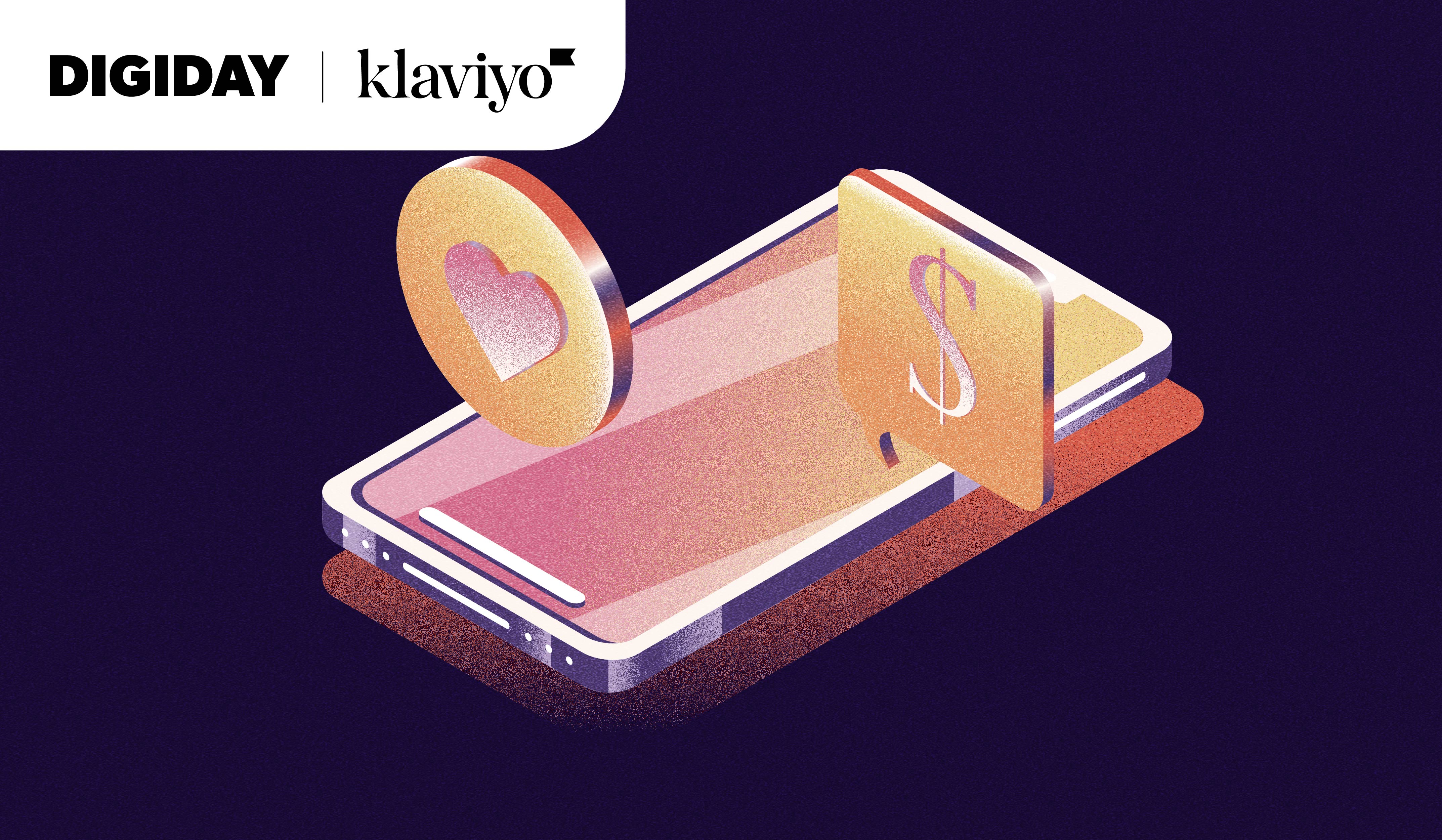




![How To Drive More Conversions With Fewer Clicks [MozCon 2025 Speaker Series]](https://moz.com/images/blog/banners/Mozcon2025_SpeakerBlogHeader_1180x400_RebeccaJackson_London.png?auto=compress,format&fit=crop&dm=1750097440&s=282171eb79ac511caa72821d69580a6e#)

![Brand and SEO Sitting on a Tree: K-I-S-S-I-N-G [Mozcon 2025 Speaker Series]](https://moz.com/images/blog/banners/Mozcon2025_SpeakerBlogHeader_1180x400_LidiaInfante_London.png?auto=compress,format&fit=crop&dm=1749465874&s=56275e60eb1f4363767c42d318c4ef4a#)

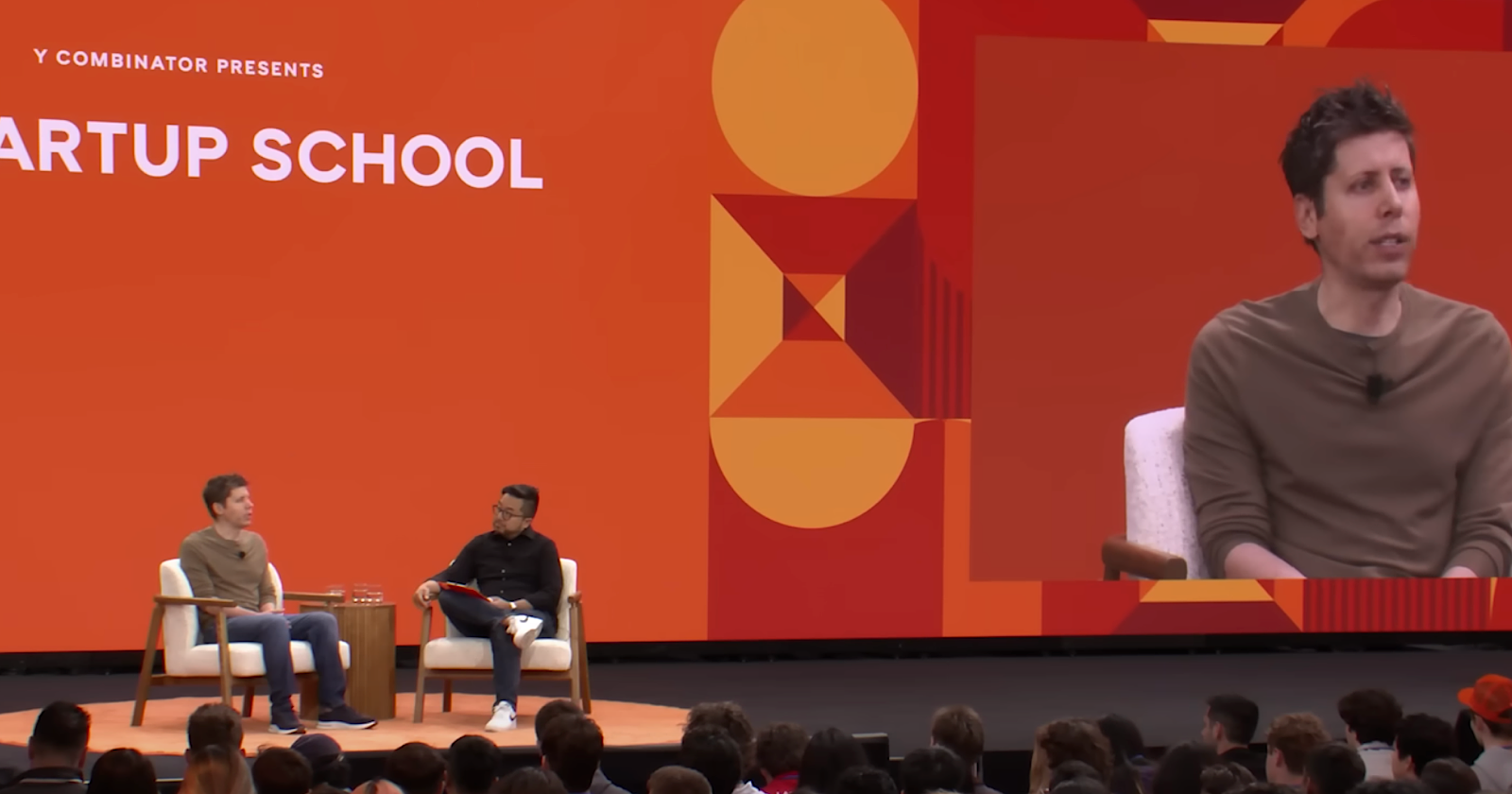

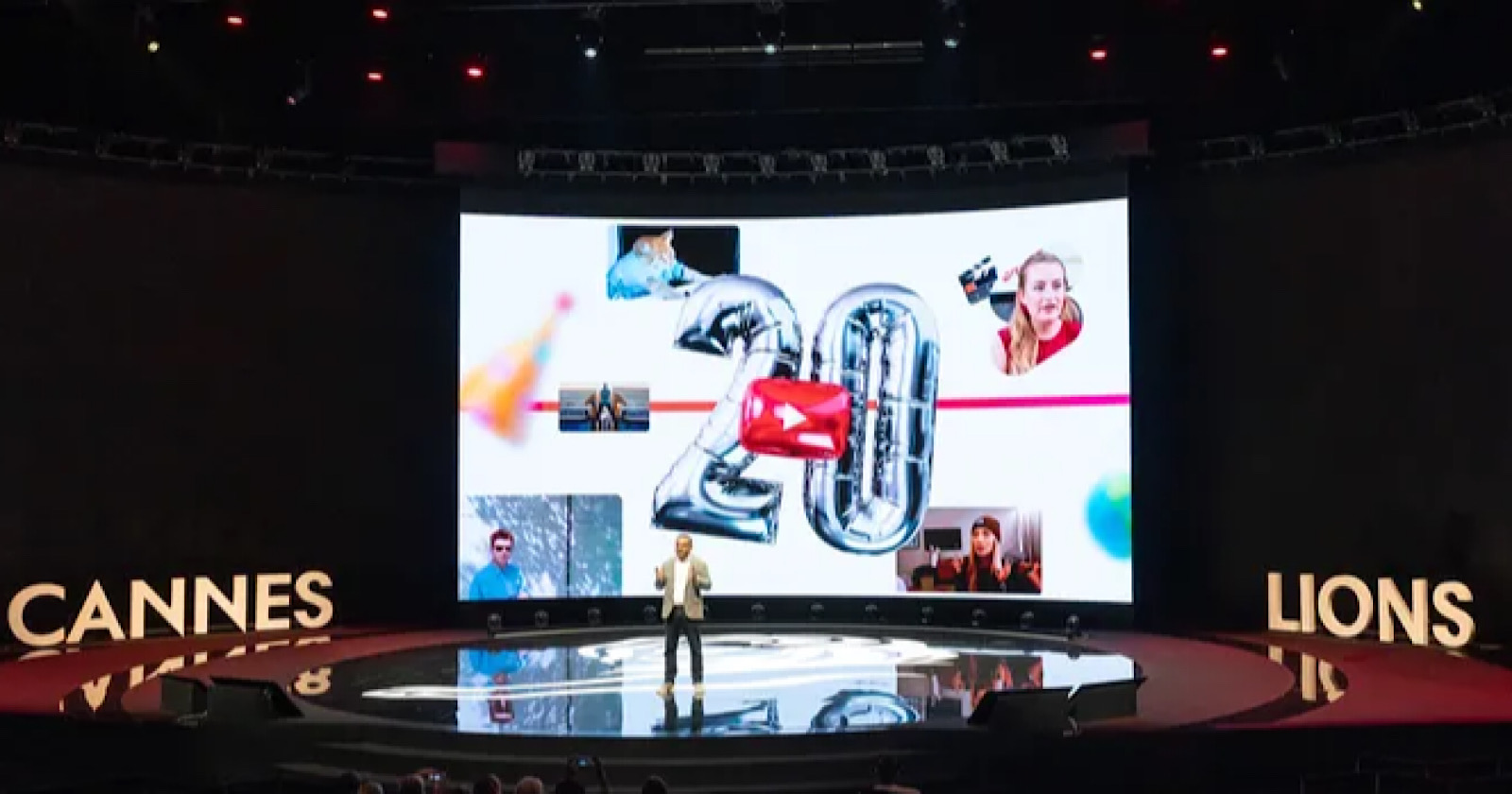





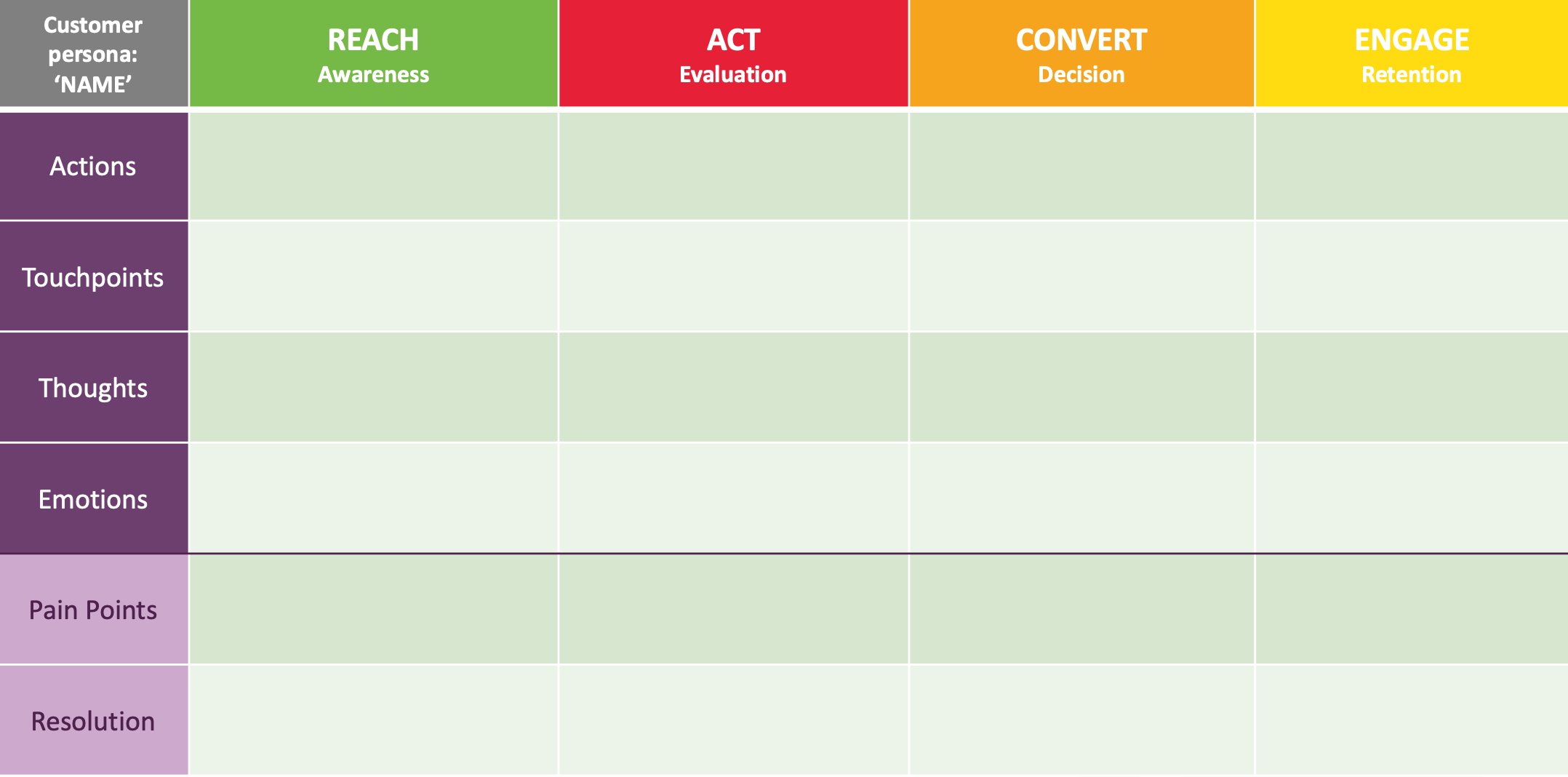


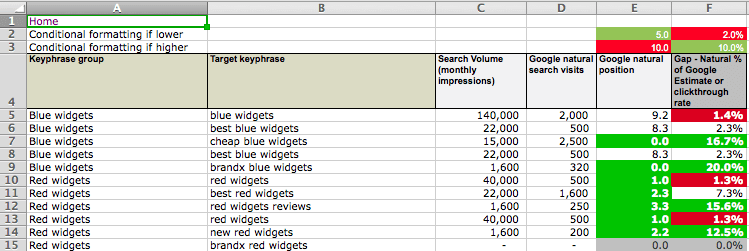










![The 11 Best Landing Page Builder Software Tools [2025]](https://www.growthmarketingpro.com/wp-content/uploads/2024/04/best-landing-page-software-hero-image-1024x618.png?#)


































![How Google’s AI Mode Compares to Traditional Search and Other LLMs [AI Mode Study]](https://static.semrush.com/blog/uploads/media/86/bc/86bc4d96d5a34c3f6b460a21004c39e2/f673b8608d38f1e4be0316c4621f2df0/how-google-s-ai-mode-compares-to-traditional-search-and-other-llms-ai-mode-study-sm.png)

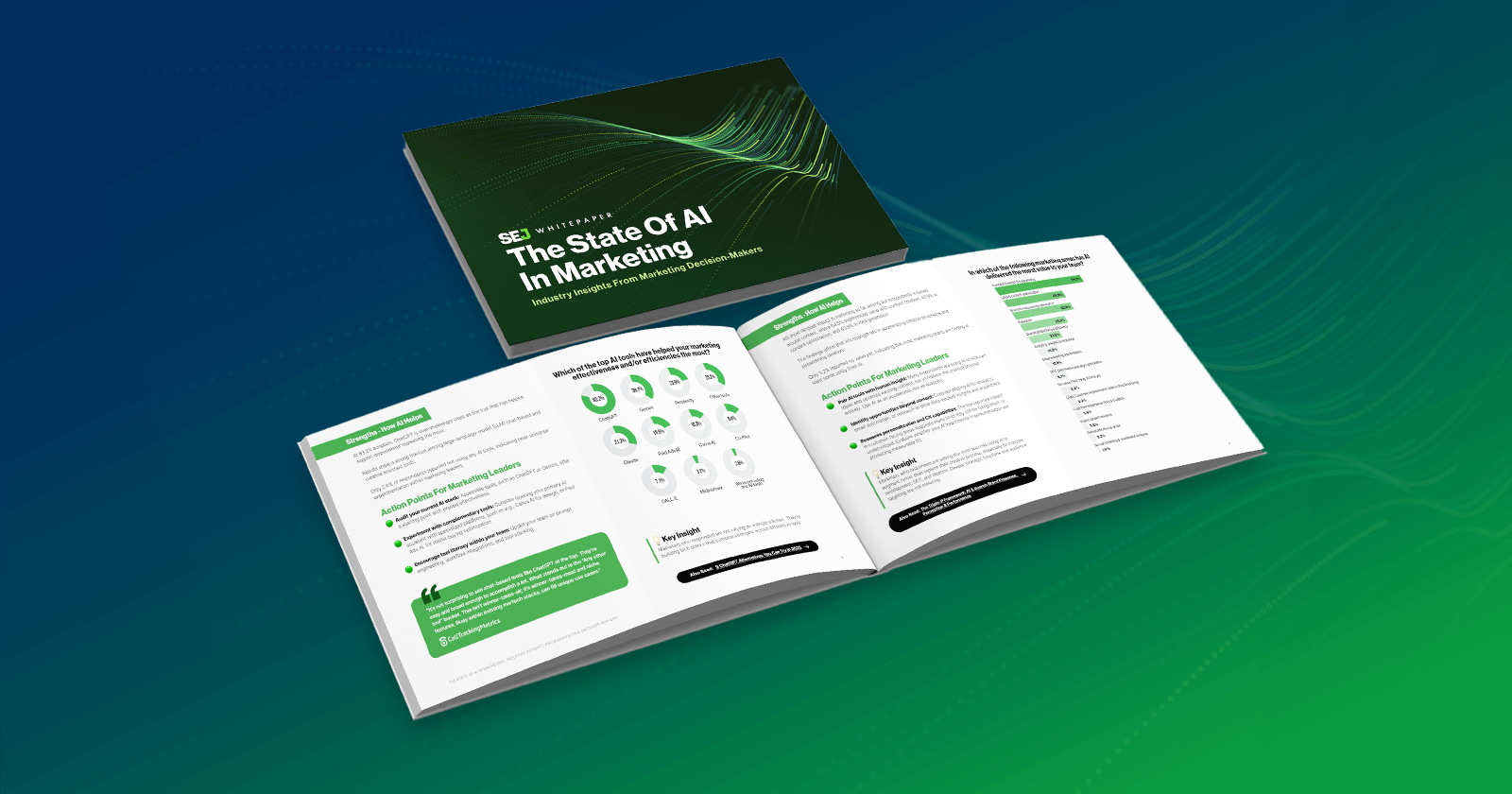
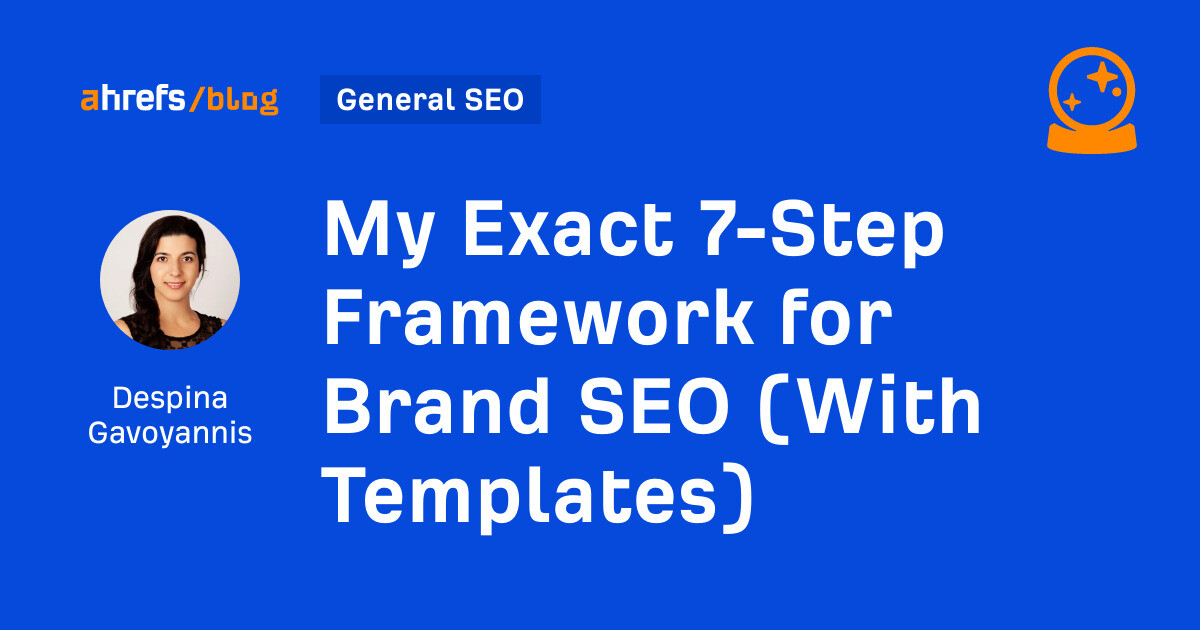
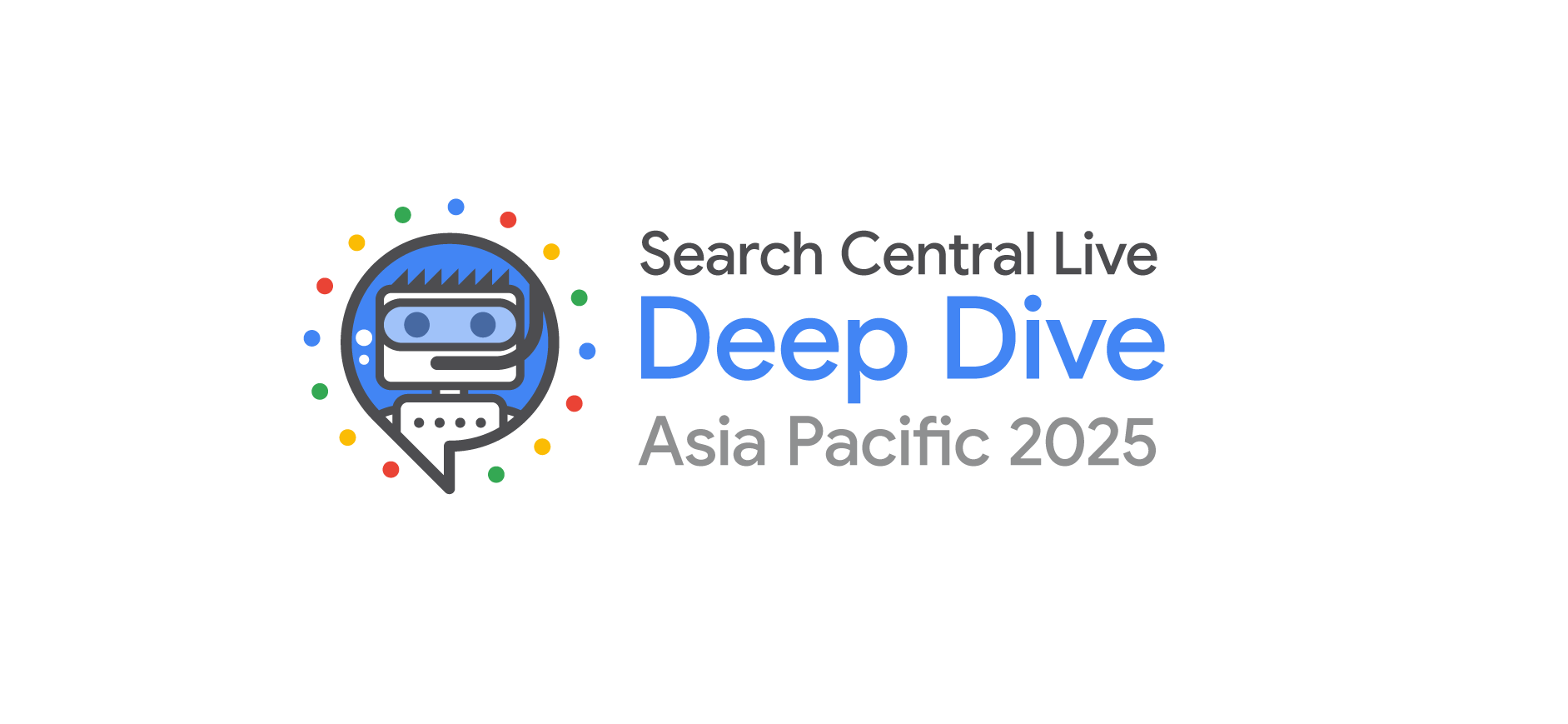


![How to Create an SEO Forecast [Free Template Included] — Whiteboard Friday](https://moz.com/images/blog/banners/WBF-SEOForecasting-Blog_Header.png?auto=compress,format&fit=crop&dm=1694010279&s=318ed1d453ed4f230e8e4b50ecee5417#)
![How To Build AI Tools To Automate Your SEO Workflows [MozCon 2025 Speaker Series]](https://moz.com/images/blog/banners/Mozcon2025_SpeakerBlogHeader_1180x400_Andrew_London-1.png?auto=compress,format&fit=crop&dm=1749642474&s=7897686f91f4e22a1f5191ea07414026#)
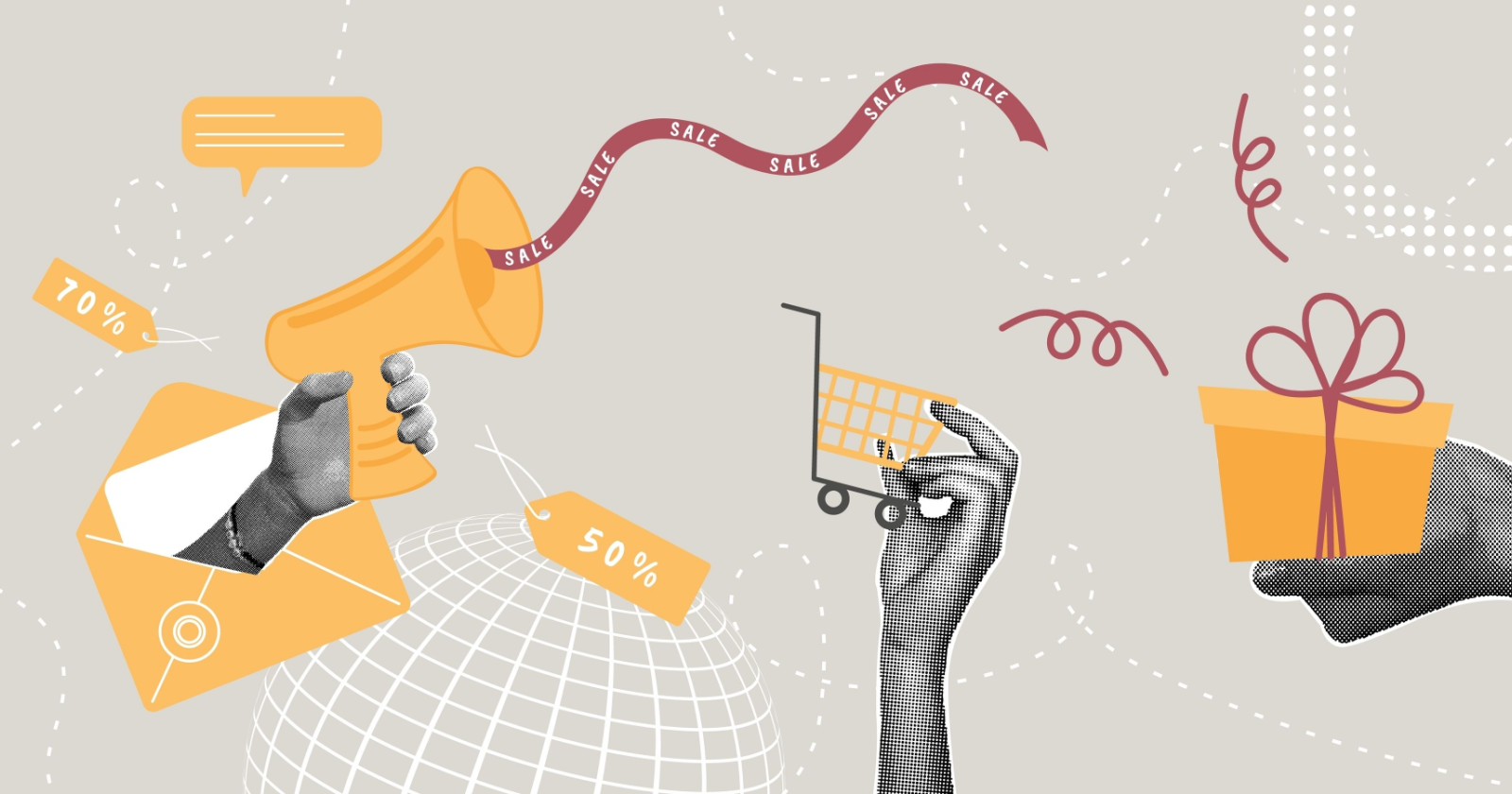
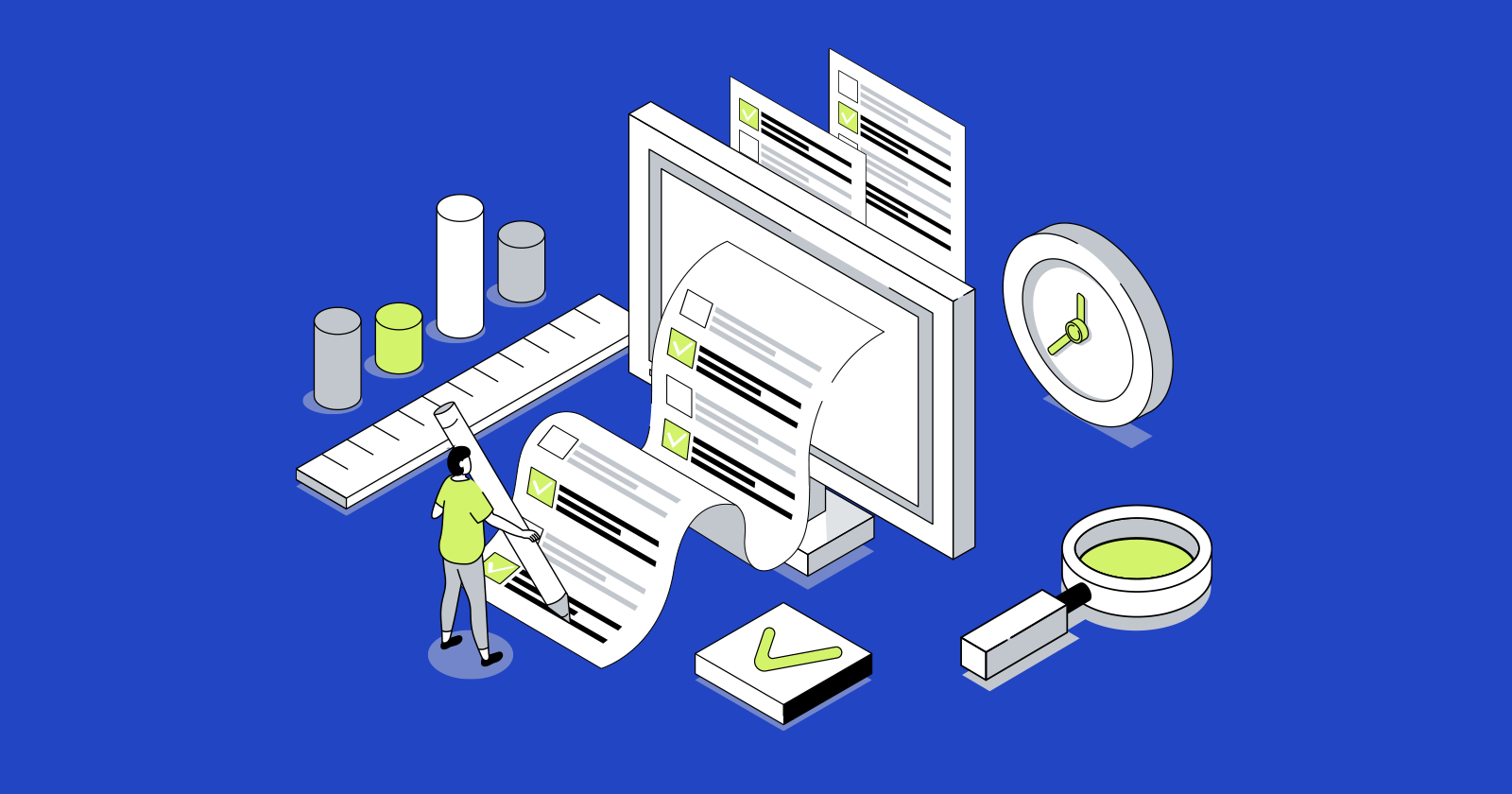
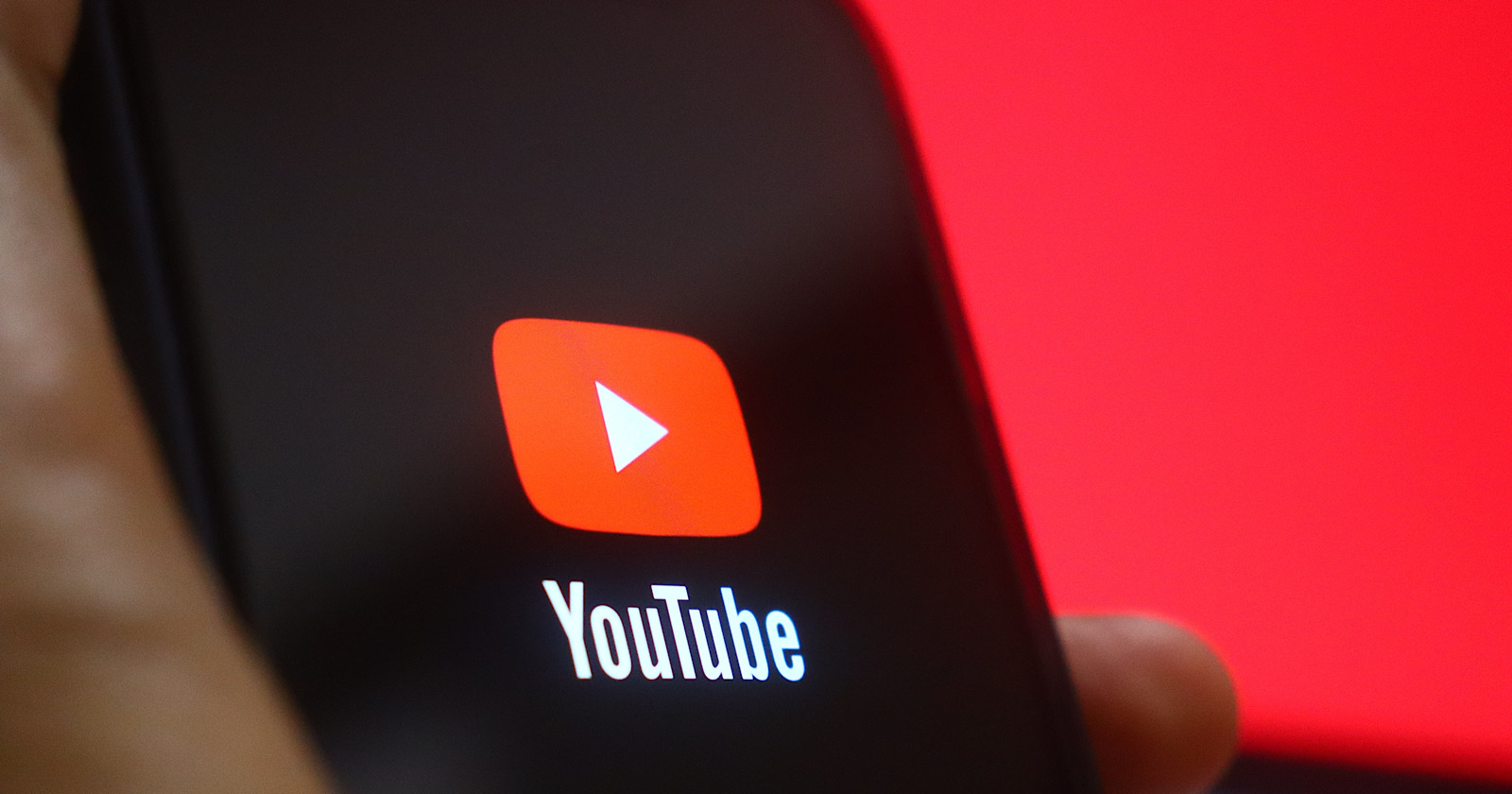







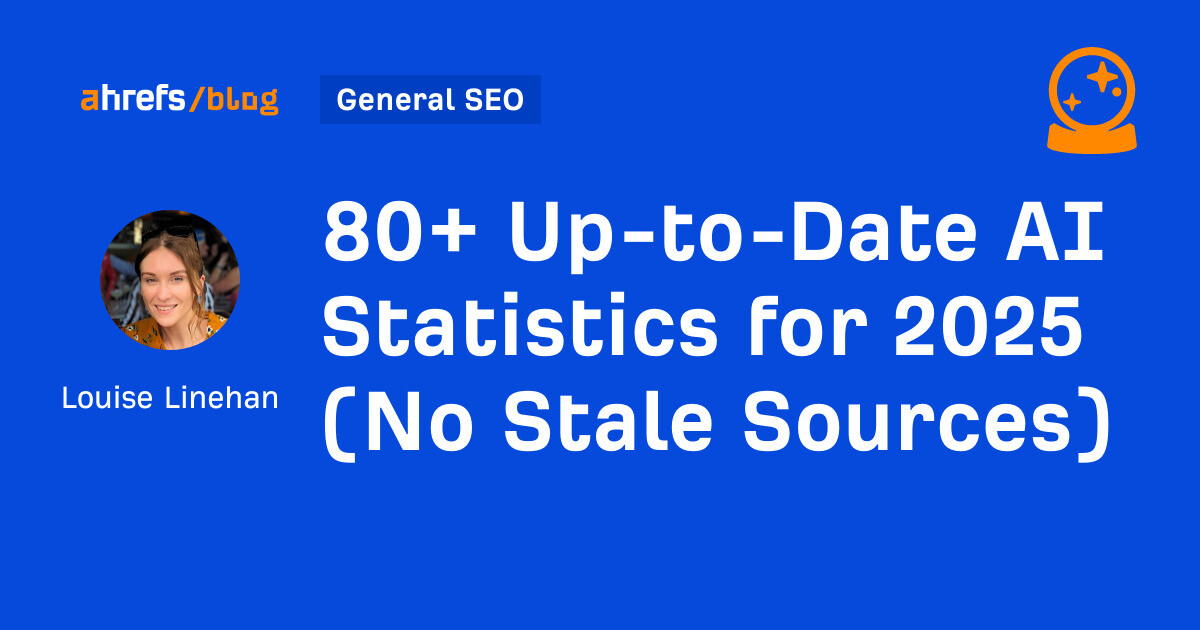


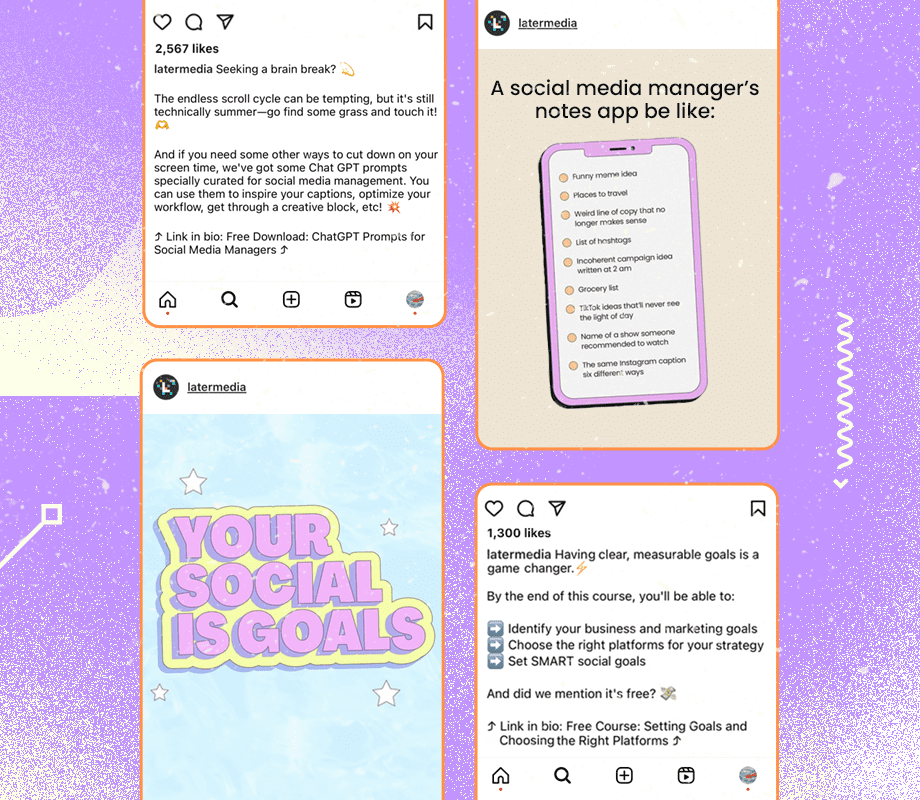
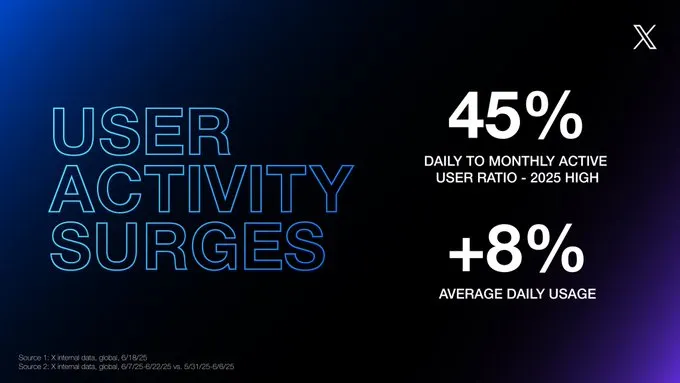
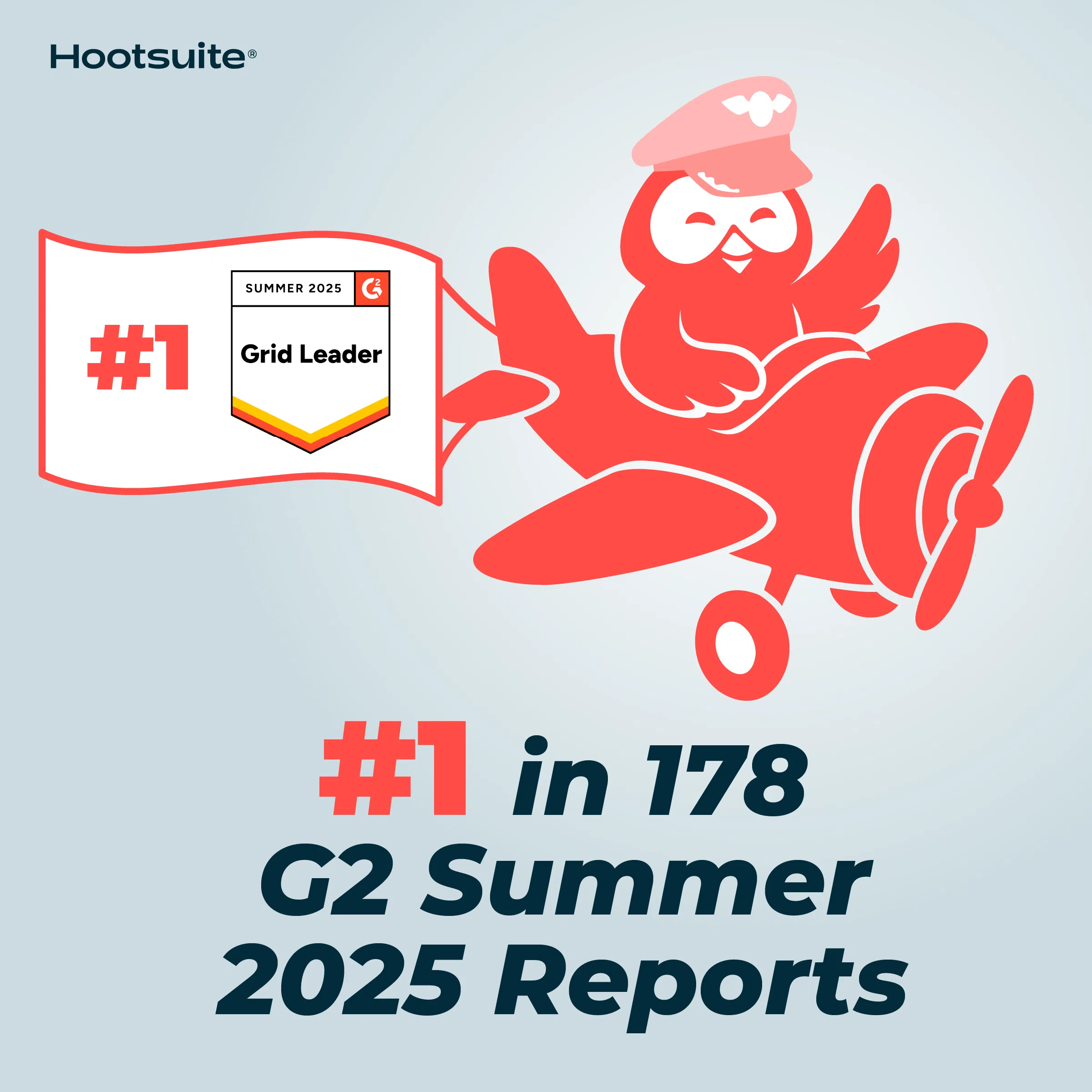








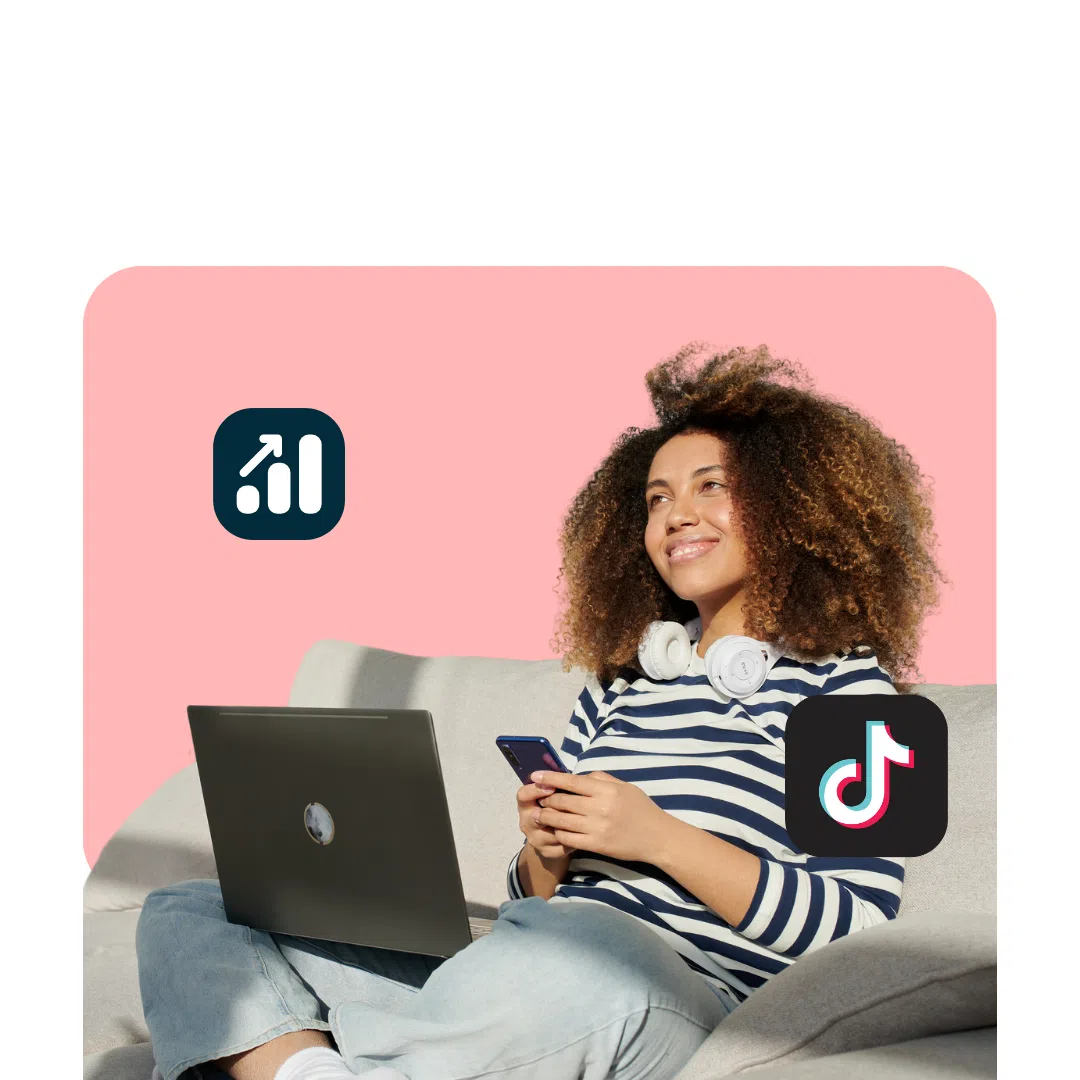

![Brand pitch guide for creators [deck and email templates]](https://blog.hootsuite.com/wp-content/uploads/2022/06/brand-pitch-template.png)



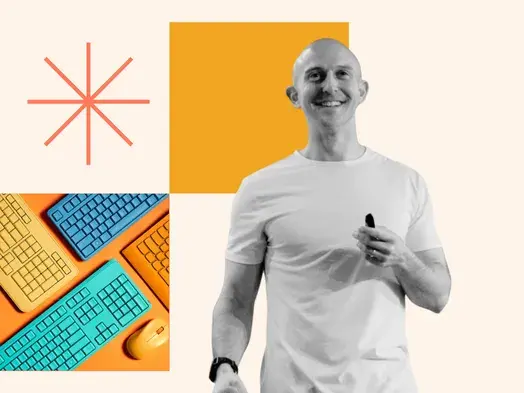
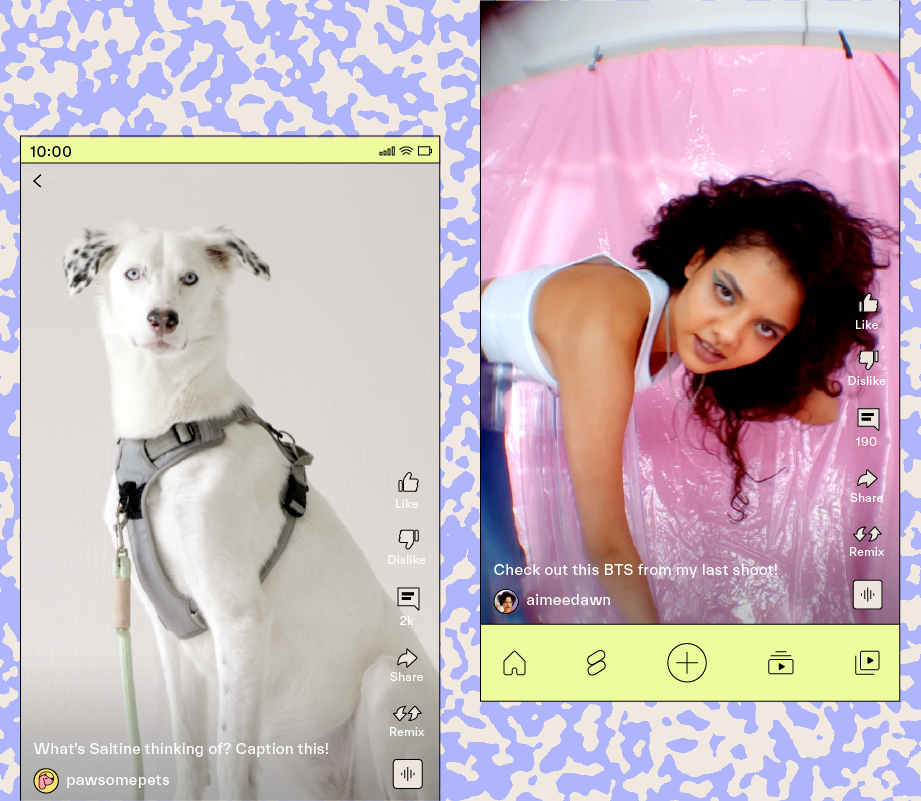

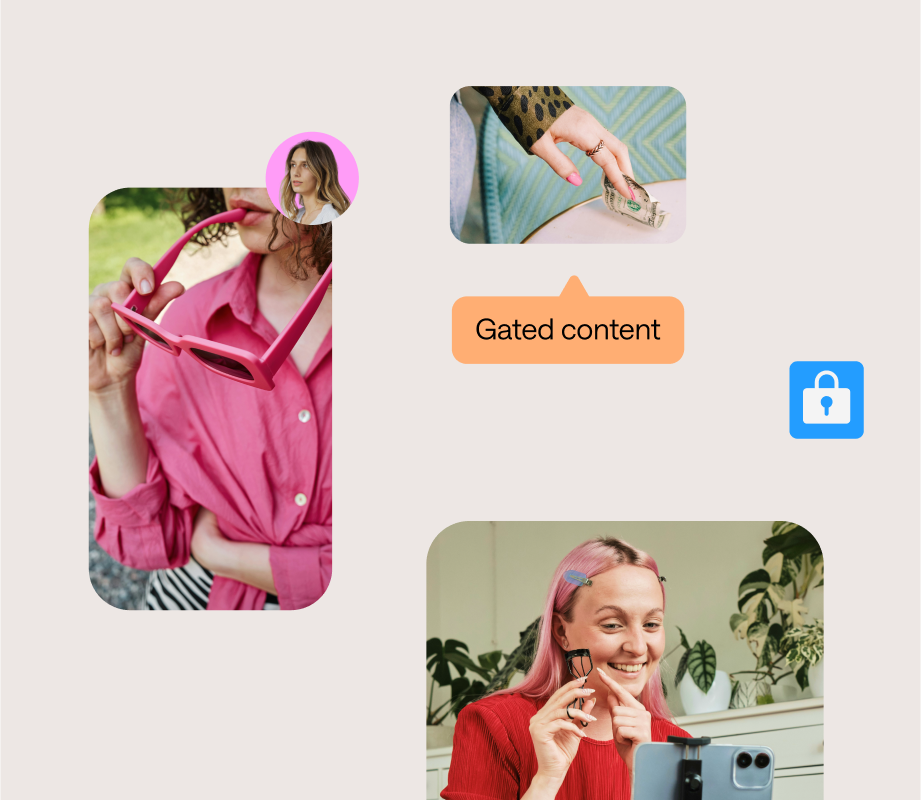

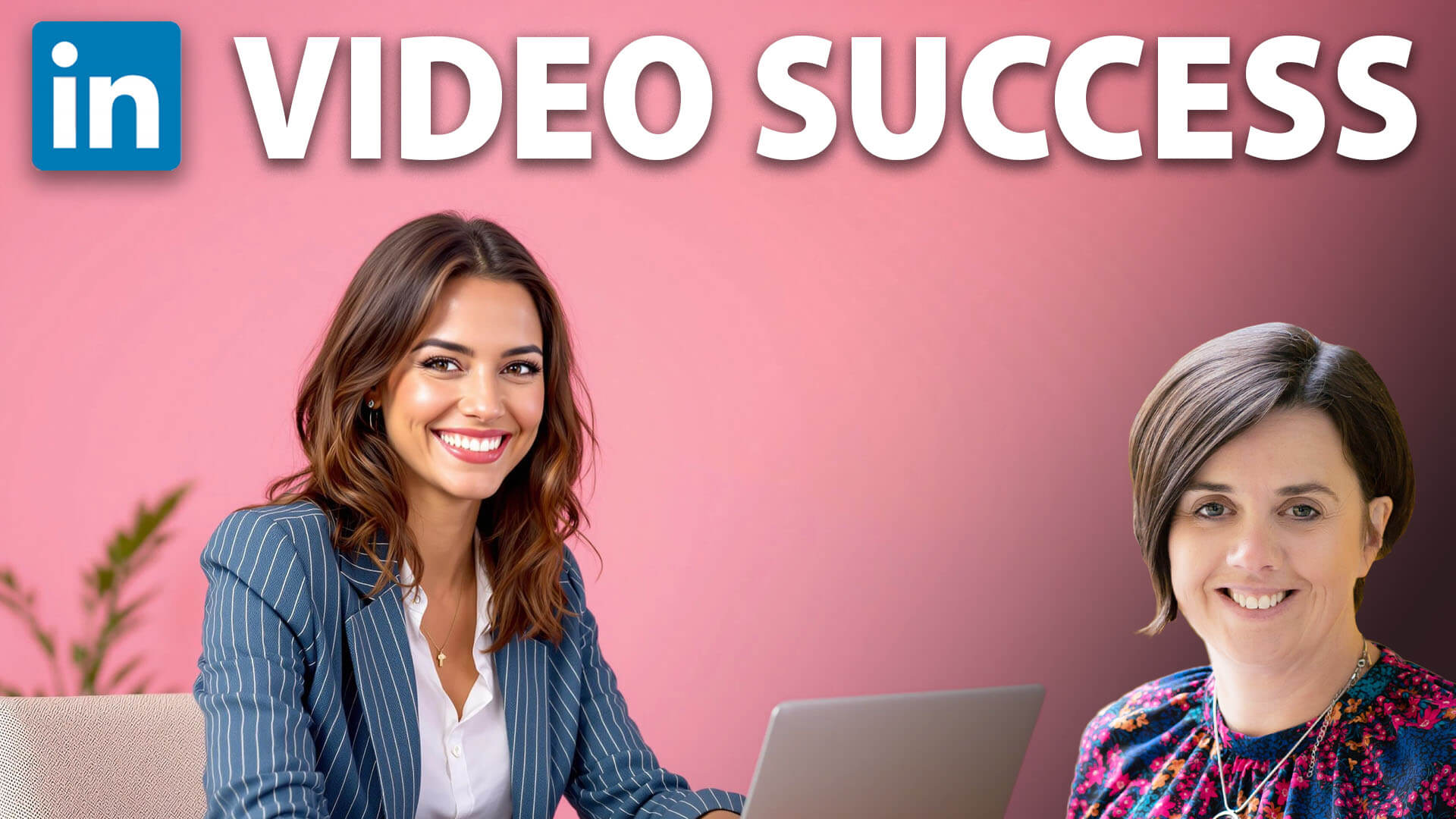
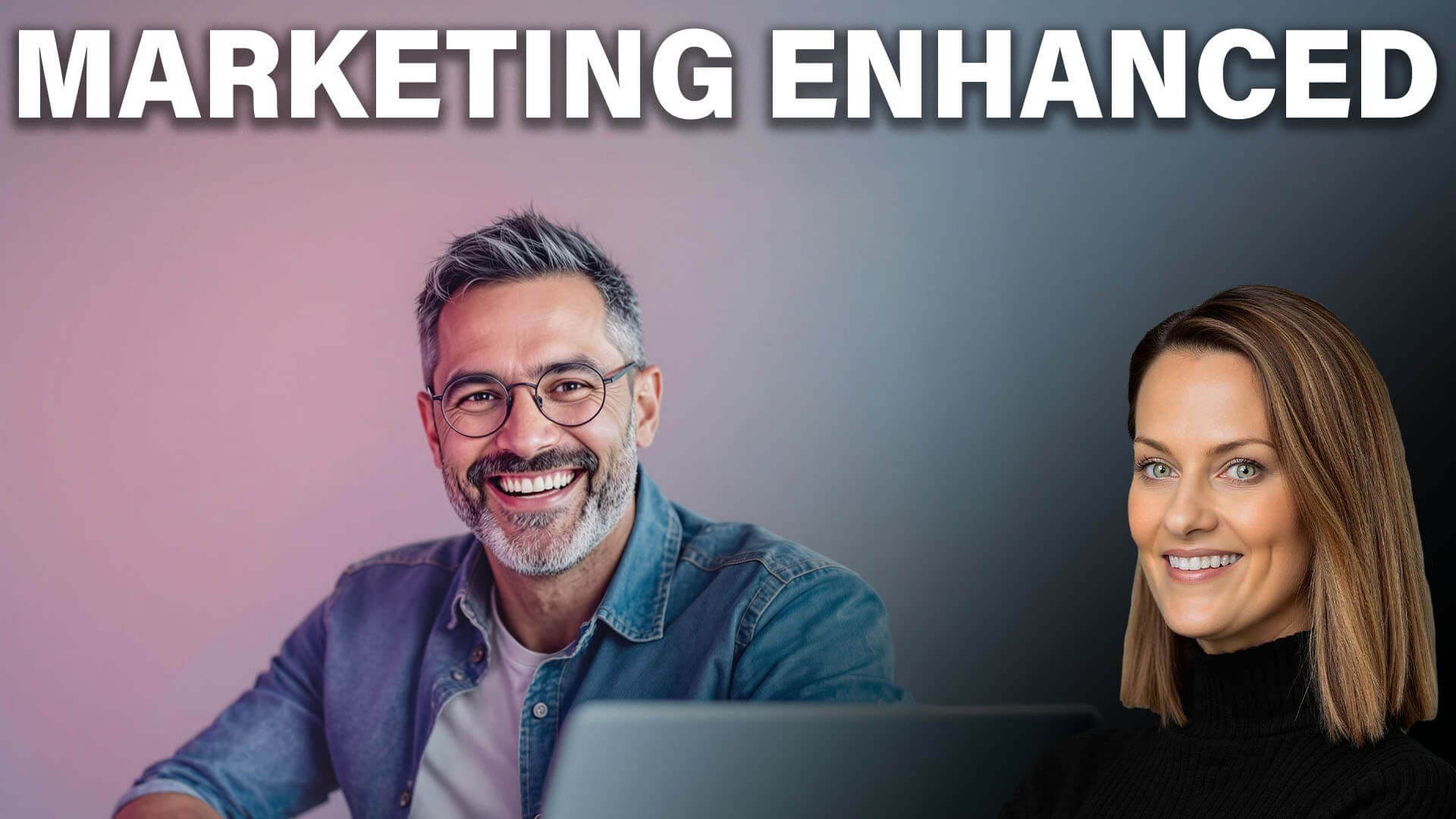
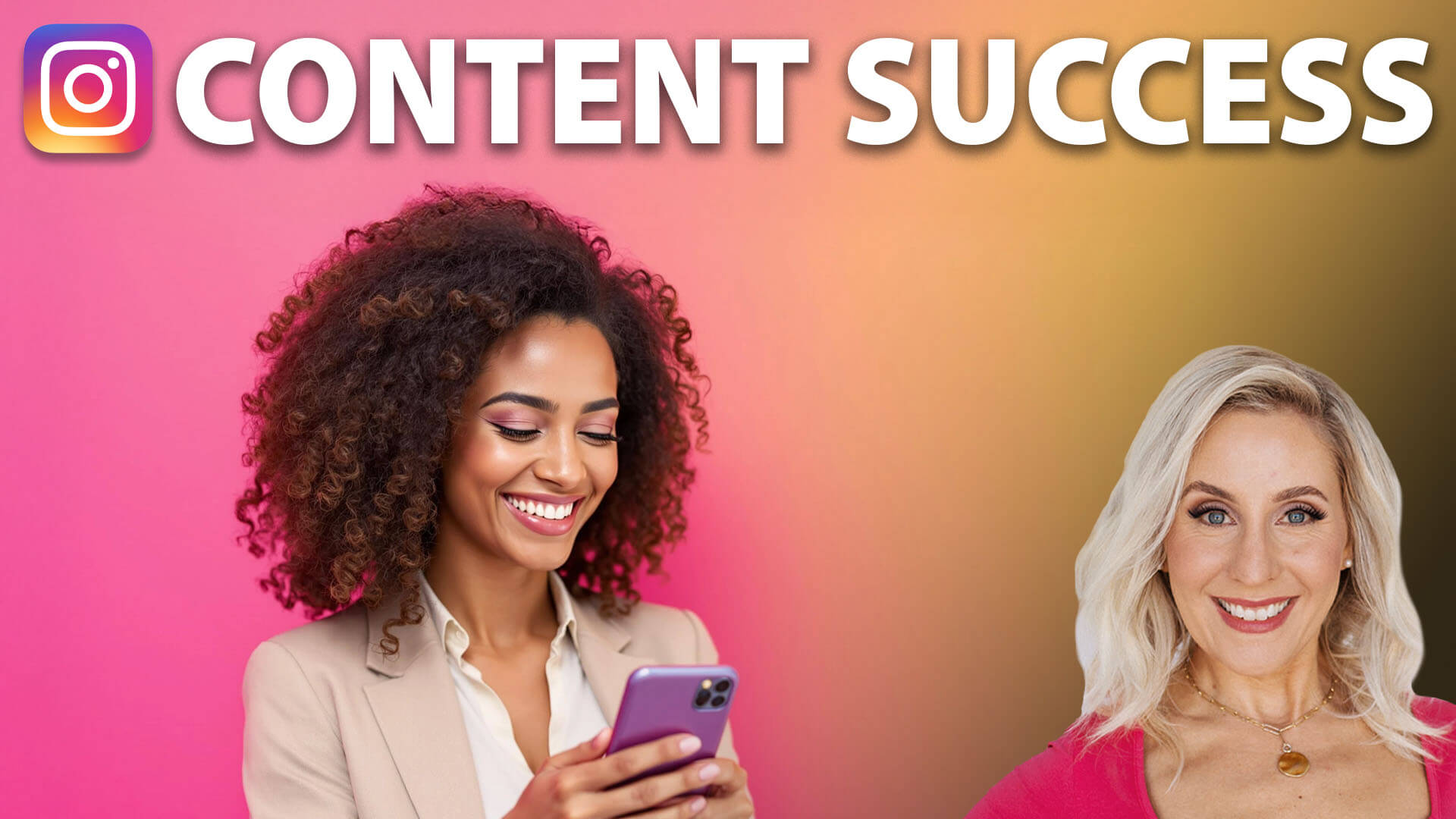





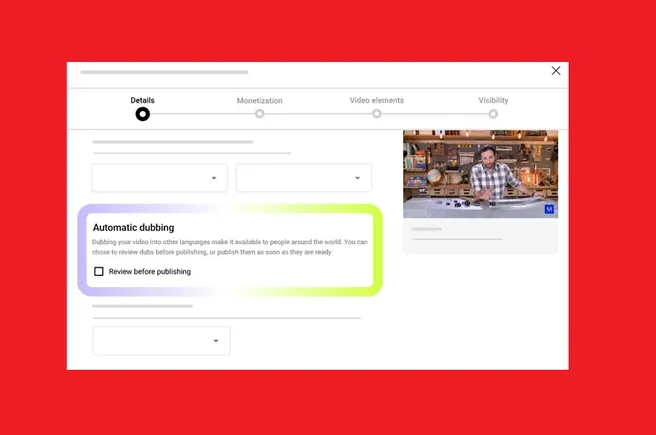

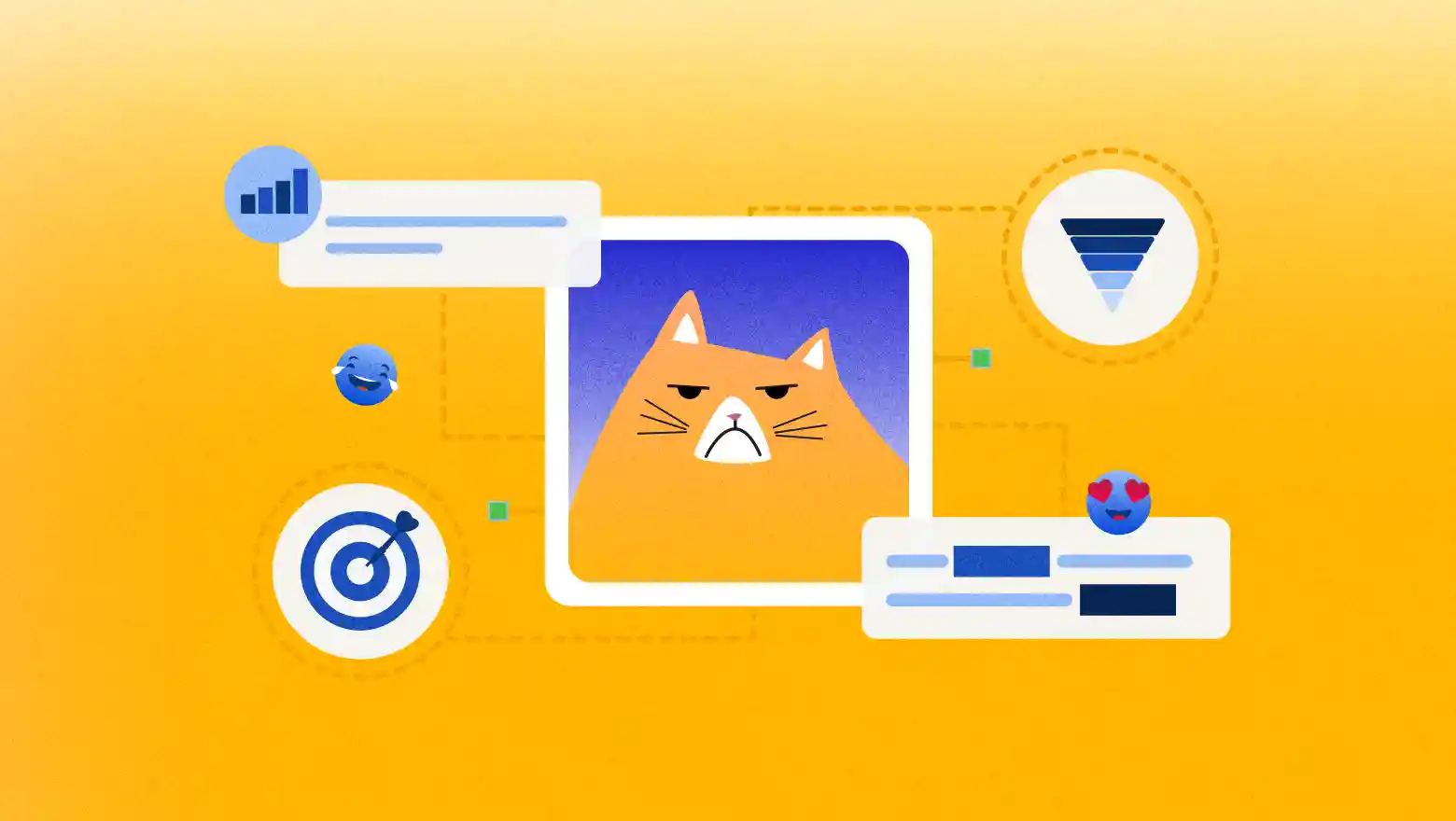
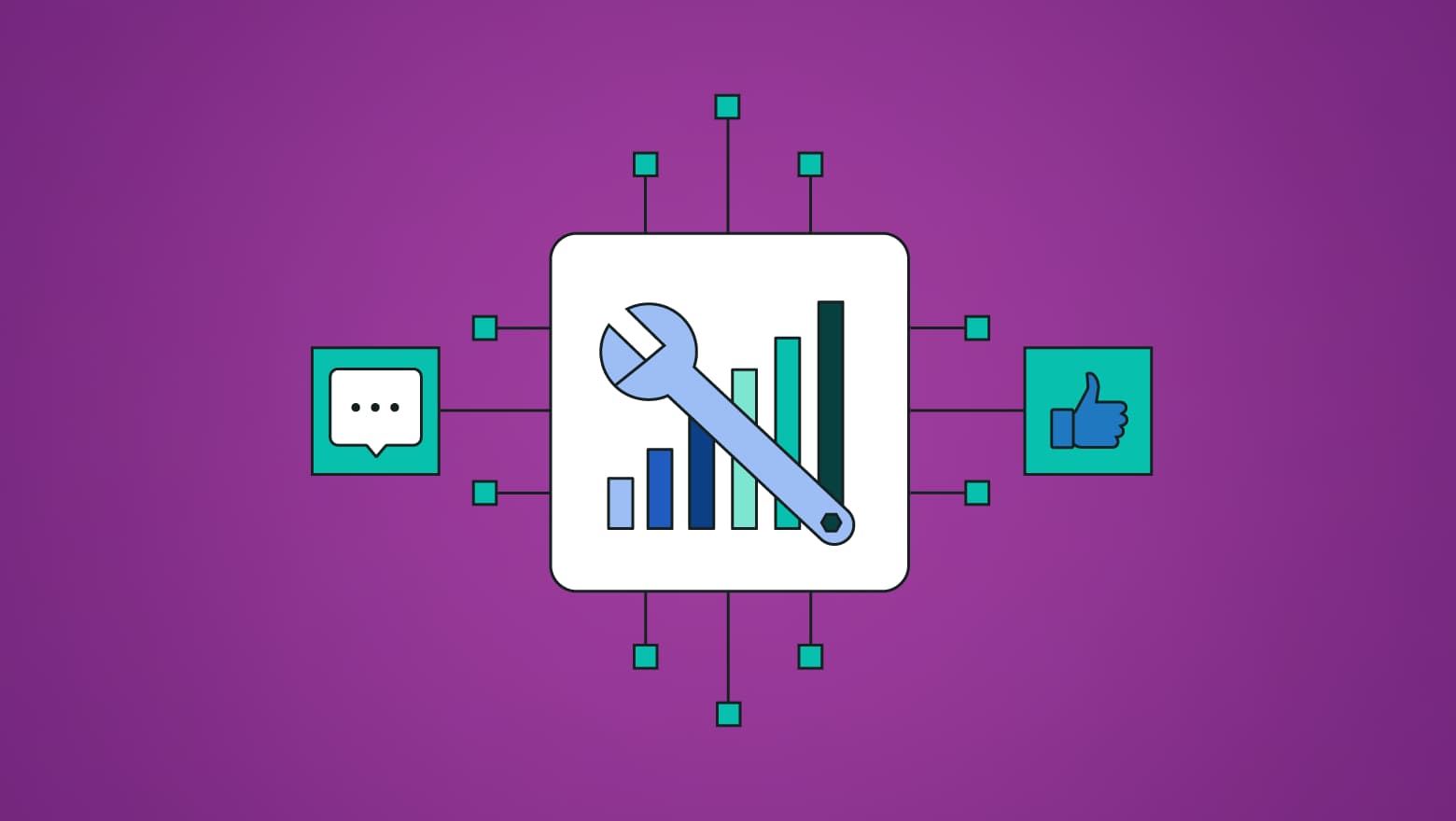
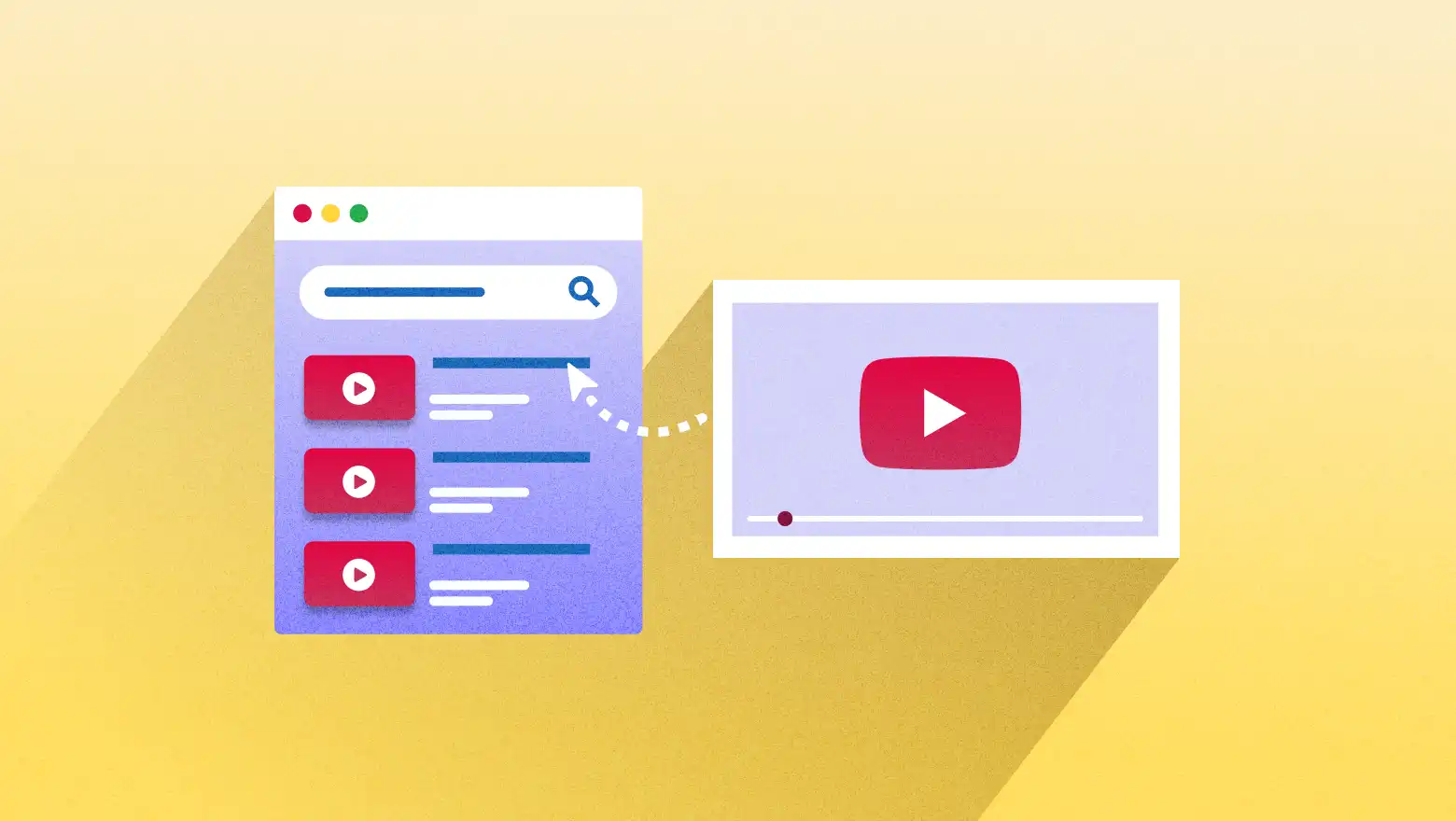





![41 Instagram features, hacks, & tips everyone should know about [new data]](https://www.hubspot.com/hubfs/Instagram-hacks-1-20240916-2633447.webp)
